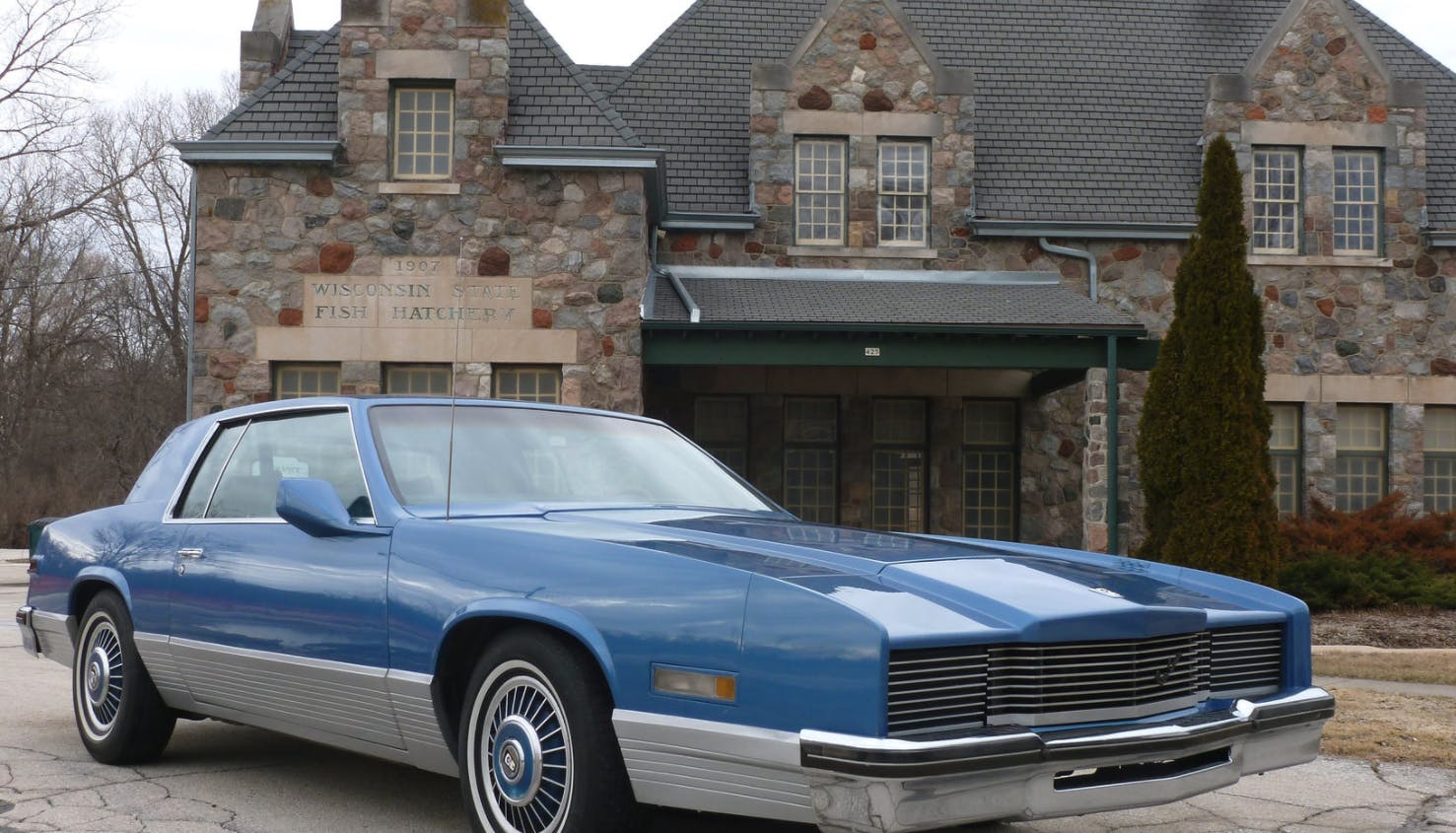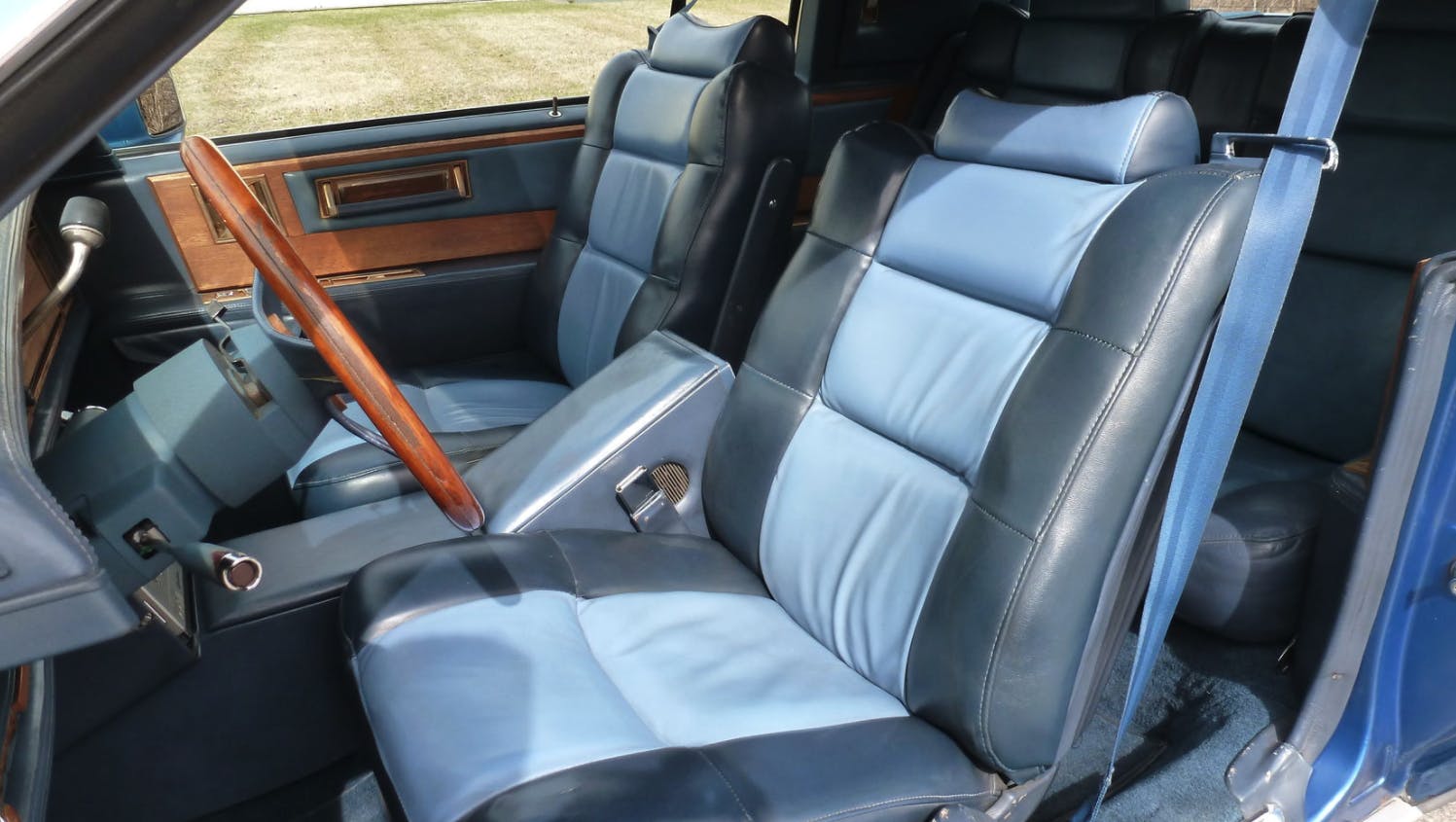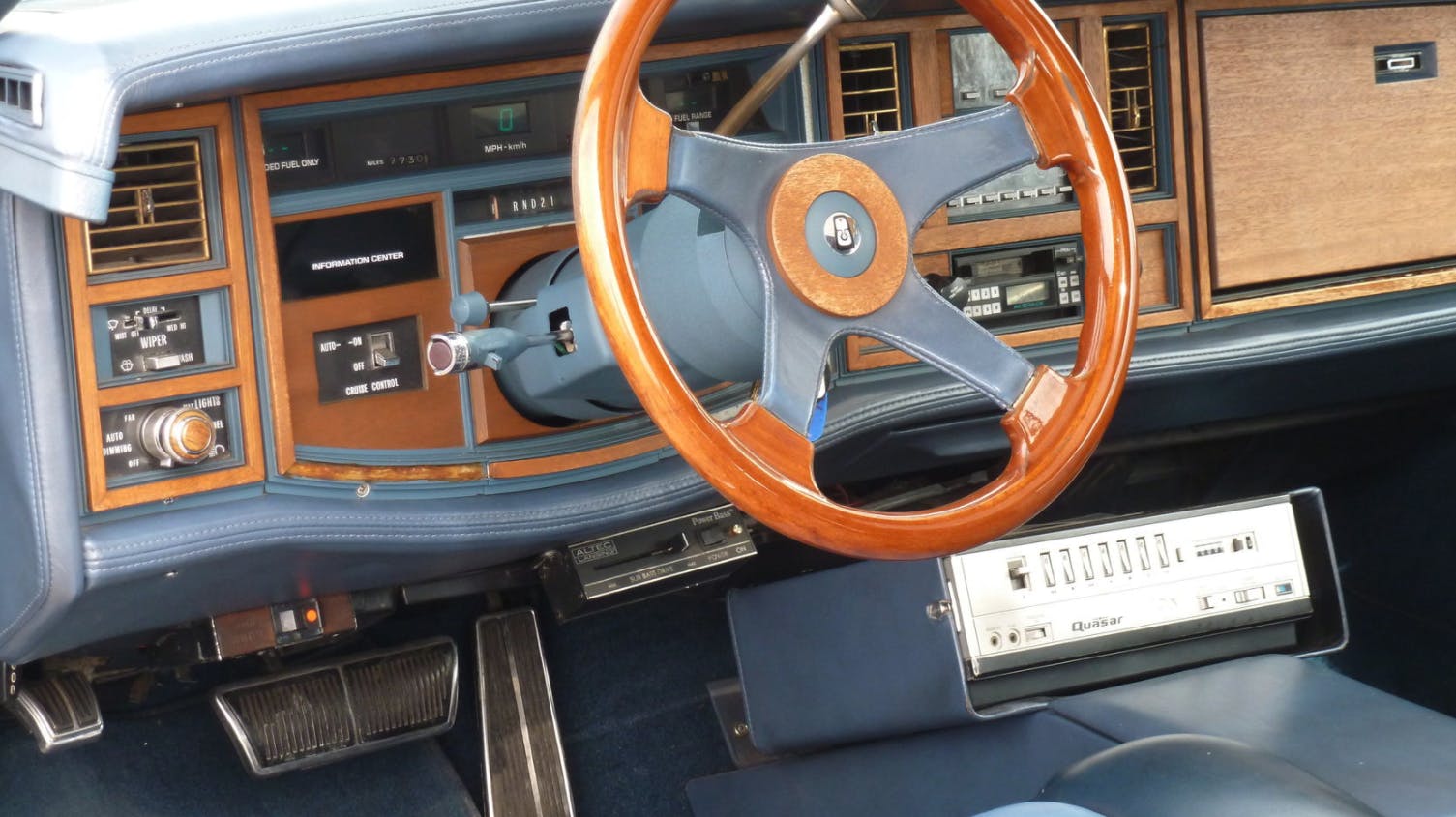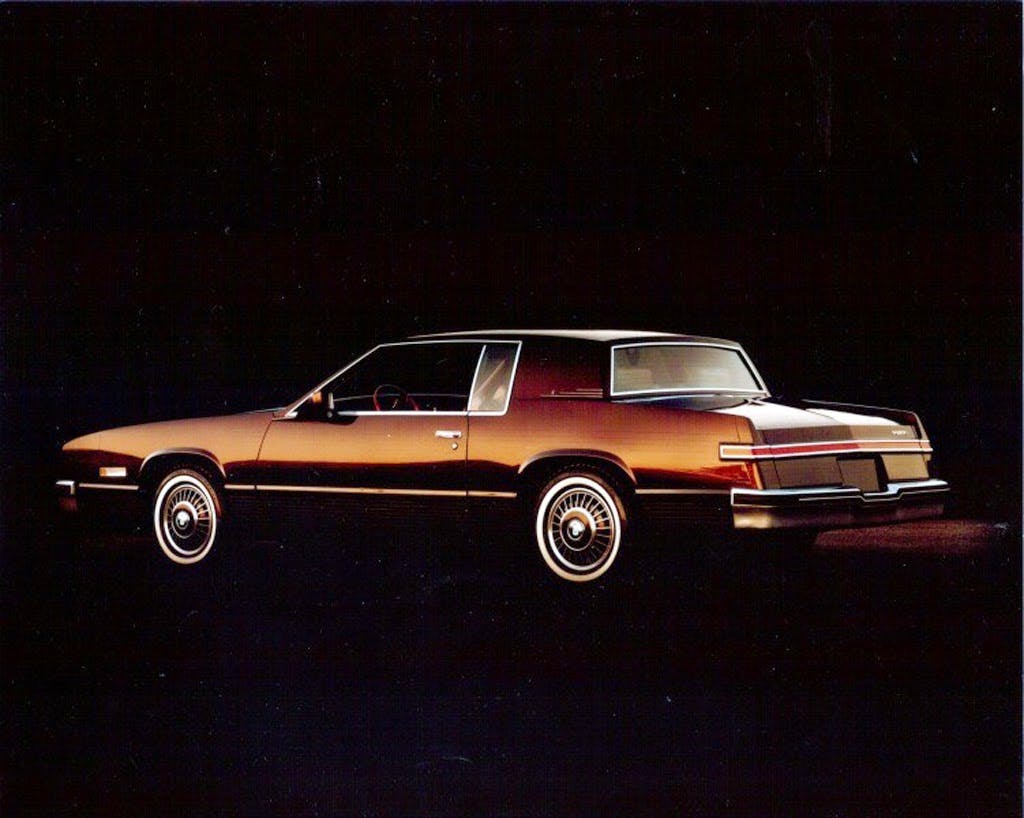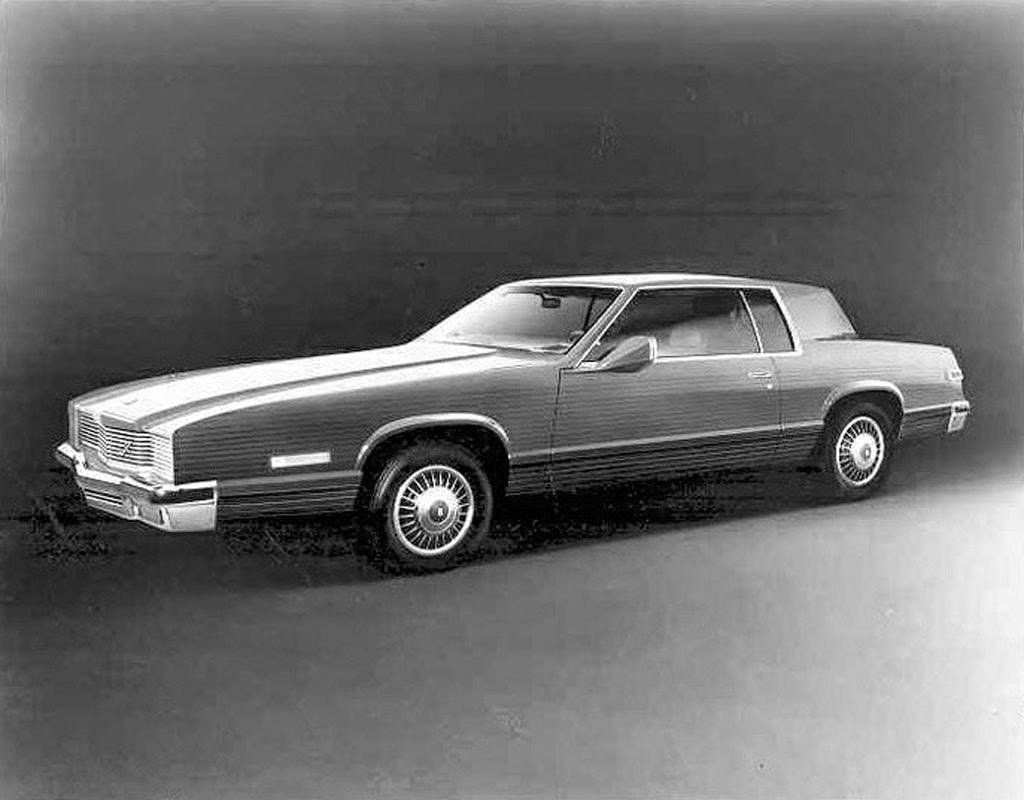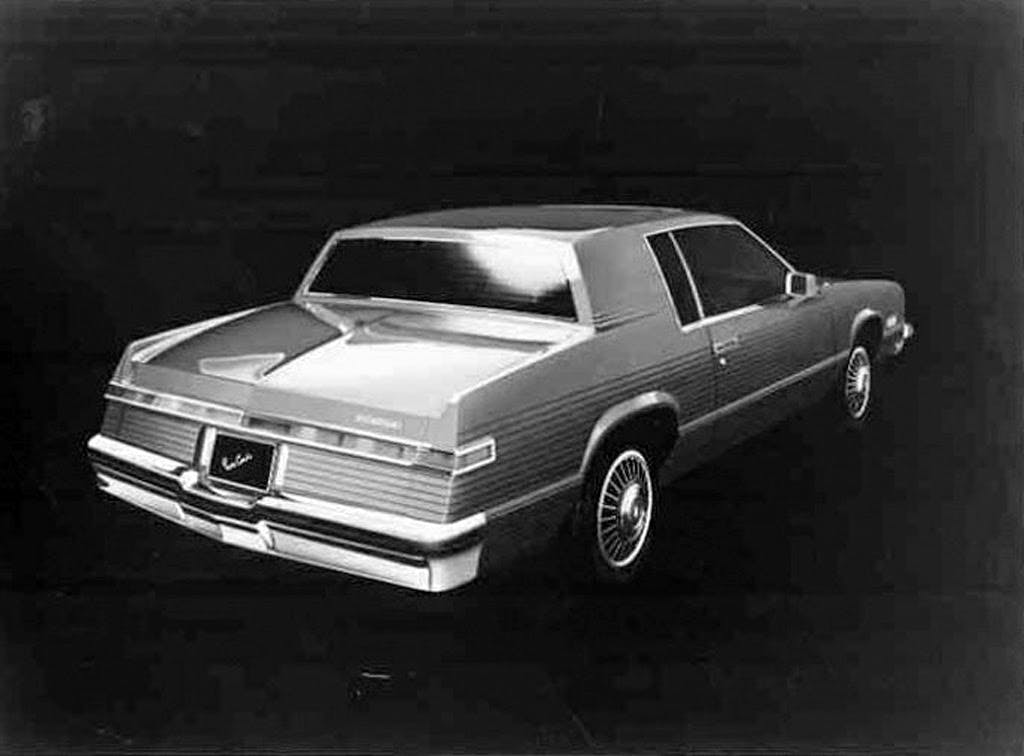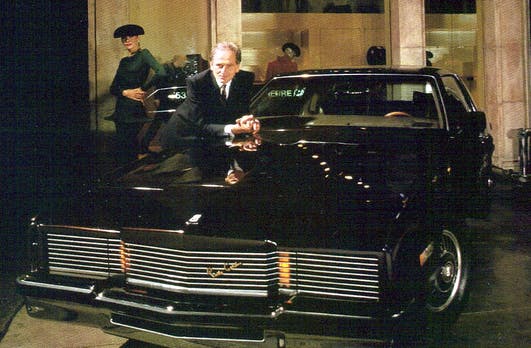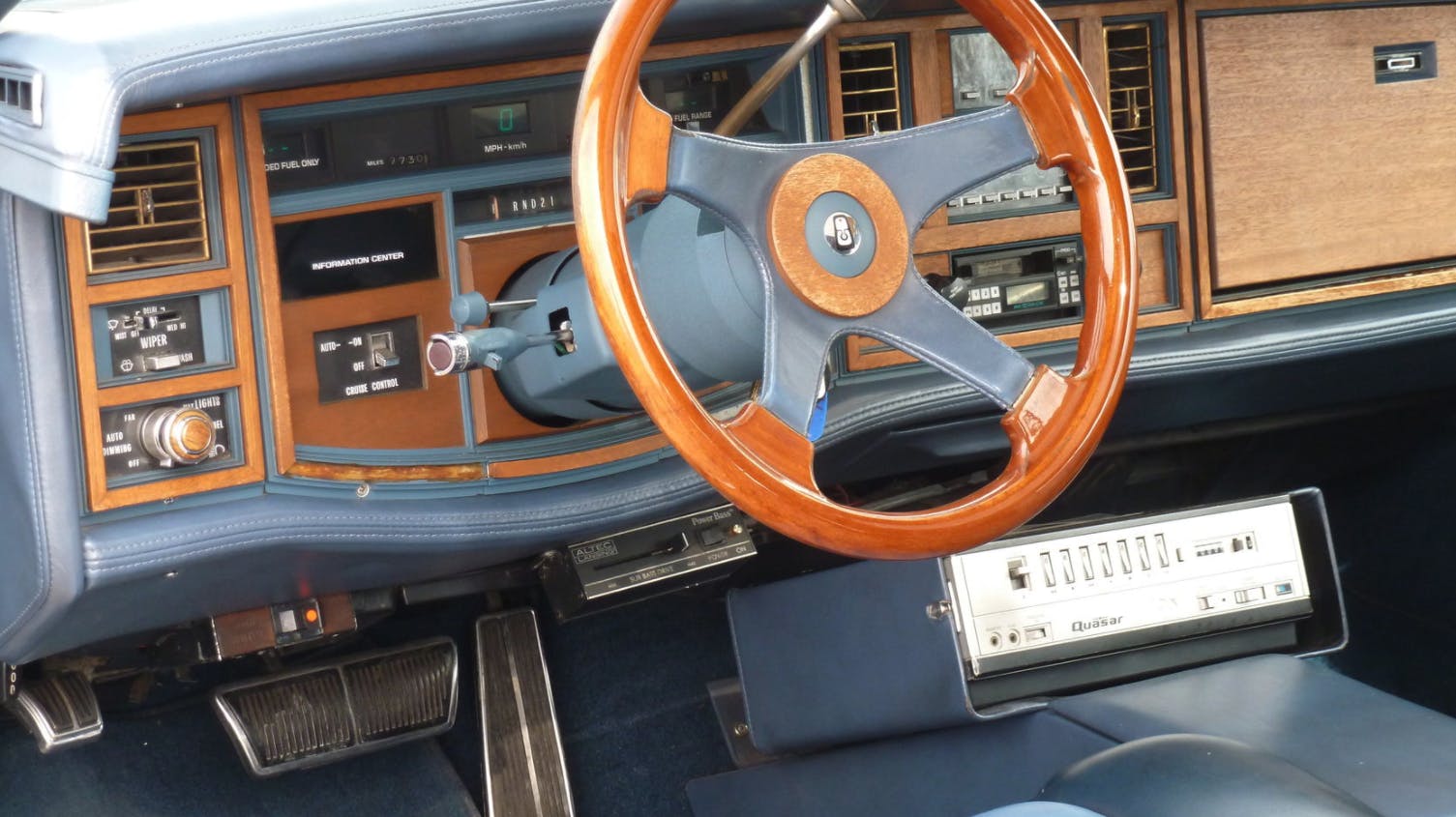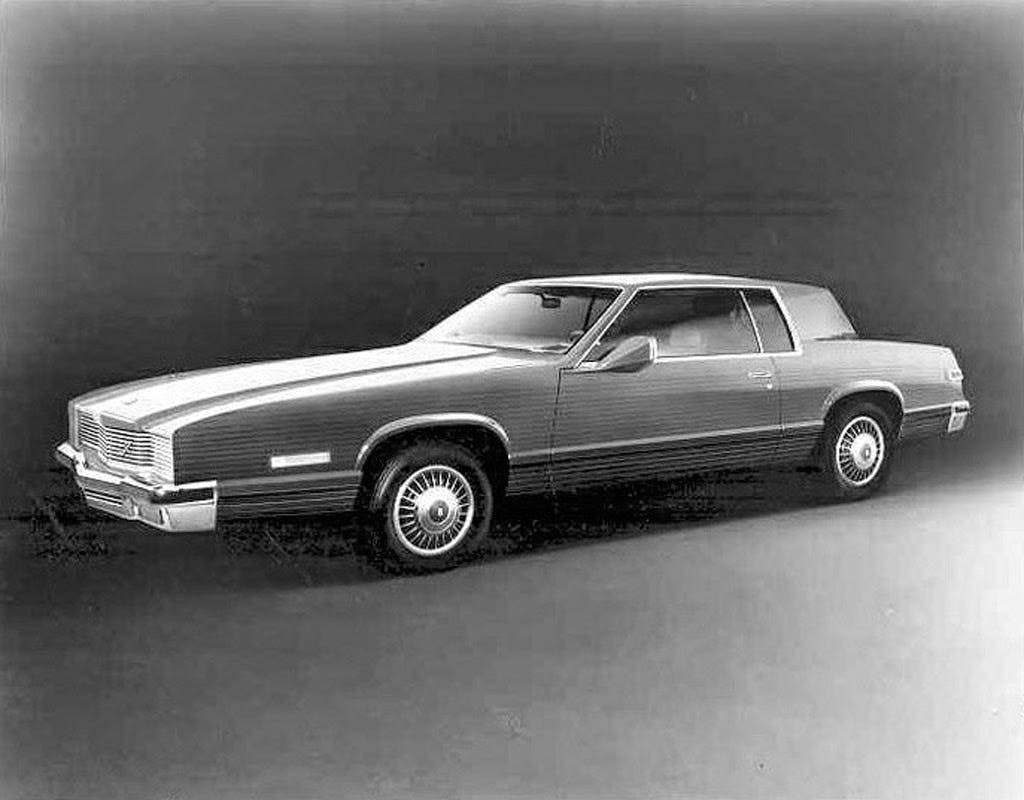Media | Articles
Pierre Cardin, fashion icon and car designer, dies at 98
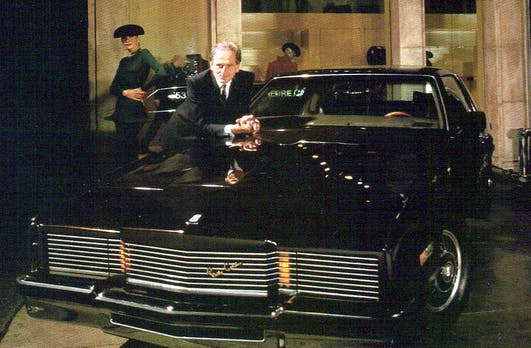
An Italian-born, French-schooled fashion designer wouldn’t normally get coverage in the automotive world, but Pierre Cardin was no mere icon of haute couture. He died today at the age of 98.
Cardin pioneered the use of licensing his brand to countless products, but he is maybe best known for pushing the boundaries of design with his heavy focus on lines worthy of modern architecture. Here’s how man himself describes it:
“My clothes aren’t fun,” he said, “they are worrying; it’s like listening to contemporary music.”
Let’s start with his licensing activities: Cardin allowed others to produce his designs, to the point that his once-radical work in the 1950s and 1960s lived on as cheaper products until the 1980s. To wit, I remember Pierre Cardin sunglasses for sale at my local Walgreens when I was a child. History suggests this cheapened his brand, but heck, I still couldn’t afford them!
Which brings us, naturally, to cars. When AMC got the “designer series” bug, it clearly went all in: remember the Gucci-designed Hornet, the Oleg Cassini Matador, and the lighthearted Levi’s edition Gremlin? Pierre Cardin got the pick of AMC’s litter, working on the sleek, sporty flagship Javelin coupe for 1972.
Marketplace
Buy and sell classics with confidence

Aside from his company logo on the fenders, Pierre Cardin edition Javelins stood out because of their interior. Cardin’s famous disregard for the female form when designing fashion were downright terrifying, and makes this interior seem logical in comparison. That said, the orange, white, silver and fuchsia stripes fight all sense of traditional interior design, and it gave AMC a something to promote like the mod-top Plymouths. This might even look normal compared to the psychedelic Plymouth advertisements of the era. So is it safe to say Pierre Cardin’s muscle car was right for the time, but with a level of refined audacity never before seen in the industry?
Two years later, Pierre Cardin worked his magic on the Swiss-based Sbarro Stash sports coupe. Details are, in general, slim on the limited-production Stash, because a production run of five units over two years (1974–1975) doesn’t exactly get a lot of press. This three-seater (yes, really) came with either a VW-sourced 1.8-liter four cylinder, or Mercedes-Benz’s massive 6.9-liter big block V-8. One of the five Stashes became the Pierre Cardin version, promoted at the 1975 Salon de Paris.
Since photos of any Sbarro Stash are difficult to come by, the above photo suggests Cardin’s interior modifications had a color palette of blue/green/purple stripes to go with the blue exterior tape stripe bearing his signature. While rumors of Cardin’s involvement early in the Stash’s development remain just that, it feels believable when you consider his next foray into automotive design.

Cardin’s next car design chapter came in the form of Pierre Cardin Automotive (PCA), which officially came to life in 1980 and was headquartered at the World Trade Center in New York City. It’s likely that PCA had some input in the paint and trim package for the 1979–1983 D-body Cadillacs (seen here and here) but the company’s pièce de résistance was its take on the E-body based Cadillac Eldorado, appropriately named the Pierre Cardin Evolution I.
Inspired by the original 1967 Eldorado front end, PAC lengthened the front fascia to give the downsized 1980s Eldorado body the longer, sleeker appearance of the original. What was truly needed was Zimmer-like front-end construction to extend the wheelbase and reduce front overhang.
No matter—the side and rear treatments echoed Pierre Cardin’s signature use of heavy linear elements added to keep the eyes away from conventional forms. Smoother bumpers lifted from the Oldsmobile Toronado helped while those side view mirrors were inflammatory clickbait (so to speak) in the finest Cardin tradition. The wheels suggest the Evolution I was initially spec’d as an Eldorado Touring Coupe, a fact cleverly masked by unique center caps.
The Evolution I interior was a far more effective transformation, as personalization options included: unique leather seats and door panels with antique gold accents, a leather headliner/glovebox, custom steering wheel, unique front and rear console, Sony TV + Quasar VCR entertainment system with Sherwood audio equipment and wool carpeting. Power for (most?) Evolution Is came from Cadillac’s star-crossed, 6.0-liter V-8-6-4 engine and three-speed automatic. Presumably nobody expected Pierre Cardin to take a page from Zora Arkus-Duntov.
Initial estimates by PCA were optimistic, as it wanted to build 300 Evolution Is annually, but all indications point to around 100 units created from 1981–1983, with at least one being a Hess & Eisenhardt convertible. Perhaps sticker shock was the reason for such rarity; while 1981 Eldorados started off at $17,550, the Evolution I conversion was $58,000. That’s roughly $166,000 in today’s dollars, and who knows how much the Hess & Eisenhardt droptop owner had to shell out! There’s no doubt as to when the party ended, however, as PCA ceased to exist in 1984.
But we’ve strayed past the point: Pierre Cardin was far from a passing couturier for fashionistas. His visions of a design empire were retailed everywhere from upscale shopping malls, neighborhood drug stores and even Cadillac dealers. And for this reason alone, we celebrate his vision and his life.








